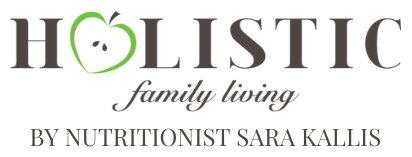
Eating well doesn’t have to be complicated! Follow these four simple steps for a nutritious meal:
- Protein Power: Fill 1/4 of your plate (or palm-size) with protein sources like eggs, poultry, lean cuts of meat, fish, tofu, legumes (beans), nuts, and seeds. Avoid processed meats and/or plant-based alternatives.
- Veggies Galore: Fill 1/2 of your plate with non-starchy seasonal vegetables. Choose a colourful assortment of vegetables and fruits to ensure you get a wide range of phytonutrients, vitamins, and minerals.
- Smart Carbs: Fill 1/4 of your plate with starchy vegetables (e.g. potato, corn, sweet potato, pumpkin) and/or whole grains. When selecting grains, opt for whole grains like brown rice, black rice, whole wheat bread, quinoa, oats, or whole grain pasta. These provide more fibre, vitamins, and minerals compared to refined grains.
- Healthy Fats: Add approximately one tablespoon (or one thumb size) of healthy fats such as avocado, extra virgin olive oil, ghee, and nuts/seeds.
Remember these additional tips:
- Watching your portion sizes: Be mindful of portion sizes to avoid overeating.
- Limit added sugars and salt: Choose options with less sugar and sodium (check labels).
- Hydration is key: Make water your go-to drink and cut back on sugary beverages.
- Moderation with treats: Enjoy discretionary foods sparingly and opt for healthier snacks. Discretionary foods are those that are high in saturated fats, added sugars, salt, and/or alcohol. These foods, such as cakes, biscuits, processed snacks, and sugary drinks, should be consumed sparingly.
- Cook smart: Choose healthier cooking methods like grilling, baking, steaming, slow cooking, or stir-frying with minimal oil. These methods help retain the nutrients in the food without adding excessive fats.
- Stay active: Aim for at least 30 minutes of moderate-intensity exercise most days of the week.
Remember, everyone’s needs are unique. Consult a healthcare professional or nutritionist for personalised advice based on your dietary requirements, health goals, pre-existing allergies/intolerances, or diagnosed medical conditions (e.g. diabetes, cancer, autoimmune disease).
References
Australian Government Department of Health: https://www.eatforhealth.gov.au/guidelines
